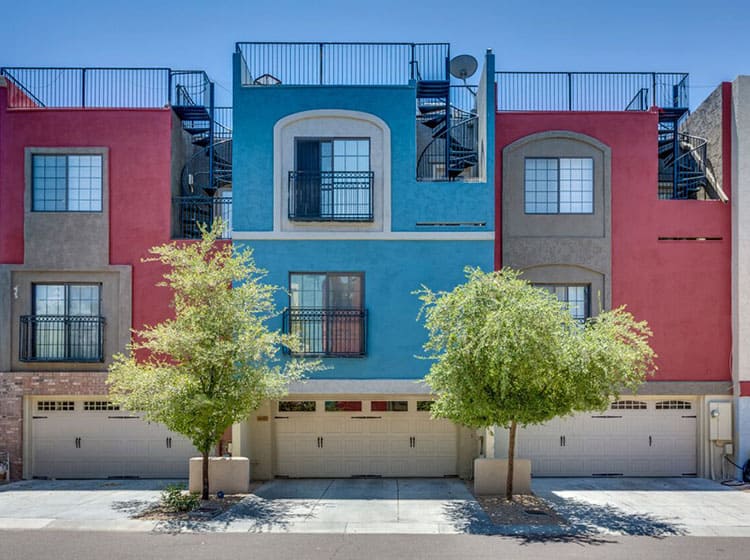Important Seasonal Aspects Of Commercial Exterior Paint: What You Must Comprehend
Important Seasonal Aspects Of Commercial Exterior Paint: What You Must Comprehend
Blog Article
does paint have a use by date By-Korsholm Rodriquez
When you're planning an industrial external paint job, seasonal variables can make or damage your outcomes. You'll intend to take into consideration just how temperature and moisture impact paint application and drying times. Choosing the right season can ensure your paint sticks effectively and lasts longer. But which seasons are really the best for this type of work? Let's explore you can try here that can affect your task's success.
The Impact of Temperature on Paint Application
When you're preparing a business outside painting task, the temperature can considerably influence just how well the paint sticks and dries.
Ideally, you want to repaint when temperatures range between 50 ° F and 85 ° F. If it's as well cool, the paint may not treat effectively, resulting in concerns like peeling off or fracturing.
On the other hand, if it's as well hot, the paint can dry too rapidly, avoiding appropriate adhesion and causing an irregular coating.
You must additionally consider the moment of day; early morning or late afternoon offers cooler temperatures, which can be extra positive.
Always inspect the manufacturer's recommendations for the particular paint you're using, as they commonly give assistance on the suitable temperature array for optimal outcomes.
Moisture and Its Impact on Drying Times
Temperature isn't the only environmental factor that influences your industrial external painting project; humidity plays a significant role as well. High humidity degrees can decrease drying out times considerably, impacting the total high quality of your paint task.
When the air is saturated with moisture, the paint takes longer to treat, which can bring about concerns like poor adhesion and a higher risk of mold development. If you're repainting on a particularly moist day, be prepared for extended wait times between layers.
It's vital to check neighborhood weather and plan appropriately. Ideally, go for humidity levels in between 40% and 70% for optimum drying out.
Keeping these factors in mind ensures your project stays on track and supplies a long-term finish.
Best Seasons for Commercial Exterior Paint Projects
What's the most effective time of year for your business external painting jobs?
Springtime and early fall are typically your best bets. Throughout these seasons, temperature levels are mild, and humidity levels are typically lower, producing excellent conditions for paint application and drying out.
Stay clear of summer season's intense heat, which can trigger paint to completely dry also promptly, resulting in bad attachment and finish. In a similar way, wintertime's cold temperature levels can impede appropriate drying and healing, running the risk of the longevity of your paint work.
Aim for days with temperatures in between 50 ° F and 85 ° F for ideal outcomes. https://troykxjvf.shoutmyblog.com/33497025/elevate-your-home-s-visual-charm-why-you-need-to-take-into-consideration-professional-home-painters in mind to examine the regional weather prediction for rain, as damp conditions can ruin your task.
Planning around these variables ensures your painting project runs efficiently and lasts much longer.
Conclusion
To conclude, planning your commercial exterior painting projects around seasonal factors to consider can make a substantial distinction in the result. By organizing work throughout the ideal temperature levels and moisture levels, you'll make sure much better adhesion and drying out times. Remember to keep an eye on local weather report and select the correct time of year-- springtime and early autumn are your best choices. Taking these steps will aid you accomplish a long lasting and specialist coating that lasts.
